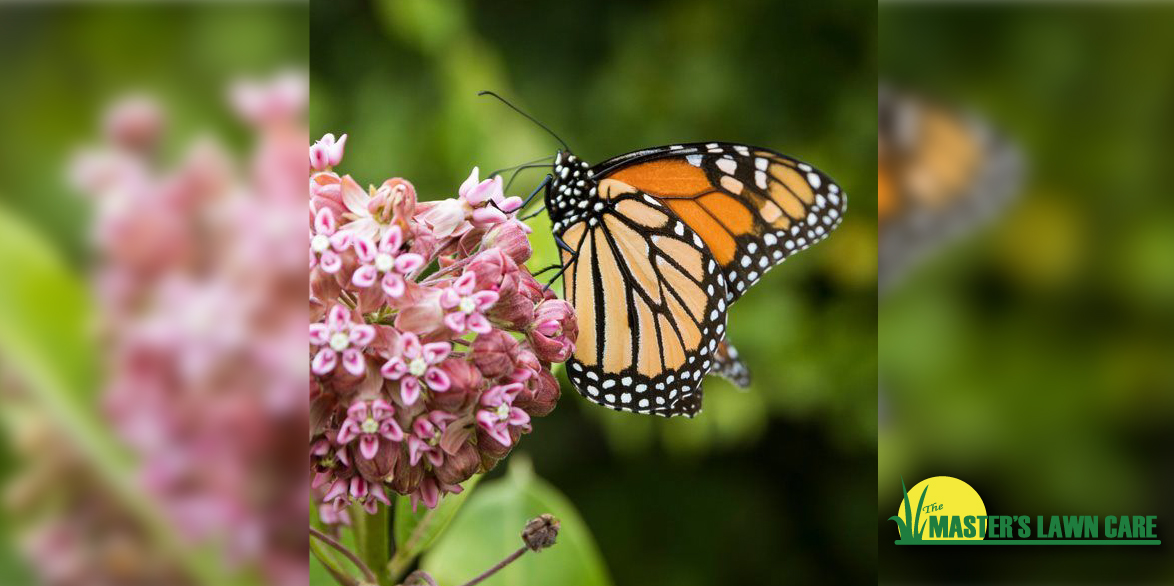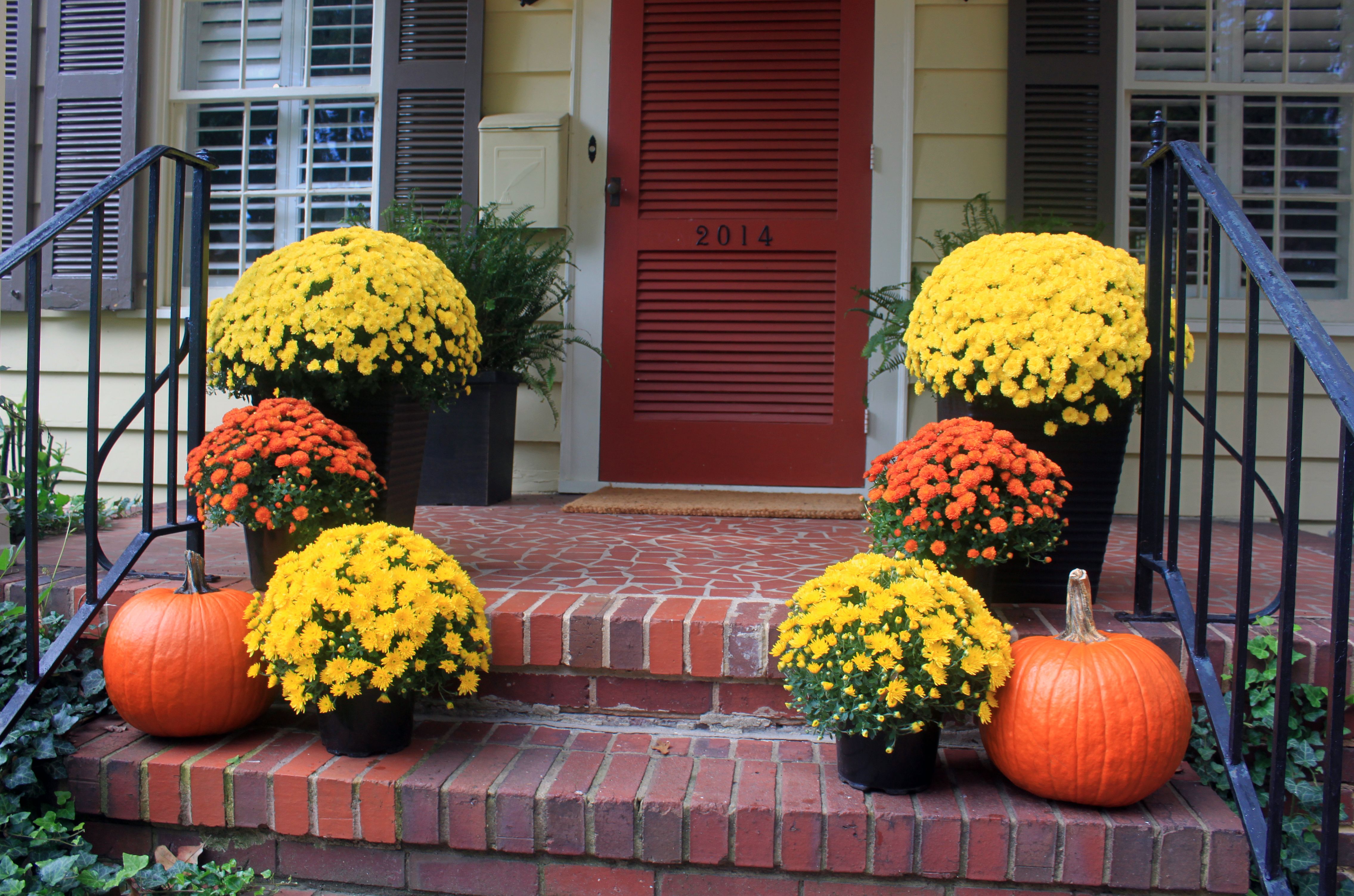Ground cover plants are taking over landscapes in North Central Florida, and for good reason! These low-maintenance superheroes require minimal maintenance including fertilizer, pesticides, mowing, and trimming. They also need less irrigation which saves money as well as water resources.
But here's the real kicker: they attract all sorts of cool wildlife, promoting biodiversity and effectively combating soil erosion, especially in rainy areas (hello Florida). And let's not forget the jaw-dropping beauty they bring to the table! With a stunning variety of foliage colors, textures, and flowers, you can transform your landscape into a breathtaking masterpiece.
So, if you're in North Central Florida, it's time to join the ground cover revolution! Just be sure that when you’re selecting plants for ground cover you consider factors such as sunlight requirements, soil conditions, and maintenance needs. We have a helpful guide prepared for you with our favorite ground cover plants!
SHADE/ PARTIAL SUN OPTIONS
1. Asiatic Jasmine
We choose Asiatic Jasmine as our go-to ground cover plant. It thrives in areas that receive at least 4 to 6 hours of direct sunlight each day. However, it can also tolerate some shade, making it a versatile option for different lighting conditions.
With its lush growth and glossy green leaves, it adds elegance and beauty to any garden or pathway. Not only is it low-maintenance, requiring little to no mowing or trimming, but it also tolerates various soil conditions and moderate foot traffic, making it a versatile and resilient choice for your landscape.
2. Large & Dwarf Mondo Grass
These plants thrive in areas where sunlight might be a bit limited. With their dark green color and dense, dense foliage, they'll transform your shaded areas into enchanting carpets of green. Not only do they provide excellent coverage, but they also require minimal maintenance once established.
Both Large and Dwarf Mondo Grass are fantastic choices for shade or partial sun ground cover in North Central Florida. These resilient plants can adapt to various soil conditions, making them versatile options for your landscape.
3.Liriope Spicata (spreading liriope, rather than the clumping varieties like Liriope Muscari)
This is the ultimate plant for shade and partial sun ground covering for North Central Florida! This beauty is all about adding some flair to your landscape. Its grass-like leaves and lavender-purple blooms bring a touch of class to any shady spot.
It thrives in those low-light areas, forming dense mats that kick weeds to the curb and provide excellent coverage. Once it's settled in, Liriope doesn't demand much, leaving you more time to chill and enjoy your outdoor paradise.
4. English Ivy
This hardy and evergreen plant is like a natural carpet, spreading effortlessly across the ground and crowding out pesky weeds. This attractive and low-maintenance plant thrives in our climate, even tolerating the occasional frost. English Ivy also helps conserve moisture in the soil, reducing the need for constant watering, which is always a bonus!
- Southern Living: How To Grow And Care For English Ivy
- Home and Garden: Can English Ivy Plants Be in Full Sunlight Outside?
FULL SUN OPTIONS
1. Perennial Peanut
This plant thrives in North Central Florida’s warm climate and sandy soil, requiring minimal maintenance. With its dense mat and ability to suppress weeds, it keeps your landscape looking tidy without the hassle. Plus, its attractive yellow flowers add a touch of natural beauty to your outdoor space.
- UF IFAS Gardening Solutions:Perennial Peanut
- Gardening in Florida: How to replace turf with perennial peanut
2.Wedelia Vine
Wedelia’s golden flowers closely resemble beach sunflowers, but it has emerged as a menace to numerous native plants, extending its reach beyond cultivated areas into natural habitats. As part of the sunflower family, Wedelia forms a dense carpet of vegetation, outcompeting and shading existing plants, thus disrupting their growth. Therefore, it's crucial to avoid planting Wedelia or allowing it to spread outside of cultivated settings.
3. Juniper (smaller varieties like Blue Rug and larger varieties like Parsoni)
Blue Rug juniper grows at a moderate pace, reaching a height of less than a foot but can spread out several feet wide, creating a dense mat of foliage. For optimal growth, it's best to plant blue rug juniper during the cooler seasons of fall or early spring.
4. Sunshine Mimosa
Sunshine mimosa makes an excellent groundcover alternative. It stays low to the ground, spreads easily, and can handle being mowed. This plant is versatile, thriving in both dry and moist environments. While it doesn't climb over other plants or structures, it extends its growth by sprawling continuously and rooting down as it goes.
5. Purple Queen
Purple queen is a great ground cover plant. It's got a trailing look with beautiful purple foliage, and it can handle full sun. Once established, it requires minimal maintenance and quickly fills in the area, providing an attractive carpet-like cover.
Just remember to water it well during the start, and keep an eye on it because it likes to spread. It'll keep your garden looking beautiful, but be mindful not to let it take over the whole neighborhood!
As you can see, ground cover plants are the unsung heroes of Nocatee landscapes. With their low-maintenance nature, they save time, money, and water resources while promoting biodiversity and preventing soil erosion. Not to mention, their stunning beauty can turn any yard into a picturesque masterpiece.











